Die Fotos von Eugenia Maximova vereinen vieles in sich. Sie sind Bericht einer Reise, Dokumentation des Alltäglichen und Zeugnis einer von Zerrissenheit geprägten Kultur. Die Bilder in „Kitchen Stories from the Balkans“ sind in Albanien, Bulgarien, Bosnien und Herzegowina, Kroatien, Kosovo, Mazedonien, Montenegro, Serbien und Rumänien entstanden. Dennoch vereint die Fotografin ihr Werk in einem Gebiet, das sie als „The Balkans“ versteht.
Gemeint ist kein durch Grenzen abgestecktes Gebiet, eine bestimmte Gruppe oder der Traum einer vereinten Nation, sondern viel mehr die kulturellen Gemeinsamkeiten der Bevölkerung, die sich nicht einfach aufteilen lässt.
Auch formal will das Buch in keine einzelne Kategorie passen, denn es lässt sich nicht klar als Bildband oder Kochbuch definieren. Die Verbindung zwischen diesen beiden Kategorien erinnert den fotografischen Denker an detailliert inszenierte Aufnahmen präparierter Mahlzeiten, künstlichen Dampf und Farbstoffe, die sich mit satten Farben in die edel anmutenden Kochbücher renommierter Köche einfügen. Oder an Bilder von charmant selbstgemachten Gerichten, die auf rustikalen Holzbrettern zwischen groben Gewürzen für kreative Food-Blogs arrangiert werden.


Um in den visuellen Genuss solcher Gerichte kommen zu können, führt „Kitchen Stories from the Balkans“ den Leser selbst in die Küche. Der hintere Teil des Buches ist gefüllt mit traditionellen Rezepten, die die Fotografin auf ihrer Reise gesammelt hat und die Menschen über verschiedenste Ländergrenzen hinweg verbinden.
Der Augenschmaus wird so zum Teil einer sinnlichen Erfahrung von Geschmack und Geruch. Die Rezepte, neben dem Hinweis auf die Region, der sie entstammen, sind illustrativ gepaart mit den Tischdecken, die sich in den Küchen finden. Kätzchen, Blumen, Spitze und Gemüse auf Karomuster mögen als Kitsch verschrien sein, aber der Ansatz wird humorvoll deutlich gemacht: Man begegnet sich bei Tisch.
Eugenia Maximova nimmt uns Betrachter hinein in alltägliche Begegnungen ihrer Reise. Sie zeigt jene privaten Räume, die besonders wichtig sind für familiäres Zusammenleben: Küchen. Als Ort der Zubereitung der täglichen Mahlzeiten ist die Küche erfüllt von Dampf und Röstaromen, sie ist oftmals der Platz, an dem die Familie zwischen alltäglichen Verpflichtungen zusammen kommt.
Die Küche eines Hauses wird so zum Ort der Begegnung und der Gemeinschaft, durch gemeinsames Kochen, Essen, Austauschen, durch geteiltes Leben. Diese Schauplätze von Beziehung und Alltagskultur spielen die Hauptrolle in den Bildern.


Die Aufnahmen der Räume verraten viel über deren Bewohner, auch ohne je eine Person zu zeigen. Bügeleisen zeugen von täglicher Hausarbeit, Tee- und Kaffeekannen von geselligem Beisammensein. Ein Radio untermalt das Familienleben mit Musik oder berichtet, wie die Zeitung auf dem Regal, über aktuelle Ereignisse. Es stehen Blumen auf dem Tisch, Kräuter auf den Fensterbänken, die Wände sind dekoriert. Es sind nicht nur Räume, es ist Heimat.
Mein westeuropäisches Auge romantisiert die Spitzentischdecken, Gasherde und Blumentapeten, sie erinnern mich an das Elternhaus meiner Großeltern. Die malerische Bildästhetik unterstützt diese romantische Sicht auf Küchen, deren Einrichtung zugleich zeitlos und wie aus vergangener Zeit wirkt. Die Worte des frühromantischen Schriftstellers Novalis beschreiben treffend, welchen gedanklichen und emotionalen Vorgang die Bilder in mir anstoßen:
Indem ich dem Gemeinen einen hohen Sinn, dem Gewöhnlichen ein geheimnisvolles Ansehen, dem Bekannten die Würde des Unbekannten, dem Endlichen einen unendlichen Schein gebe, so romantisiere ich es.
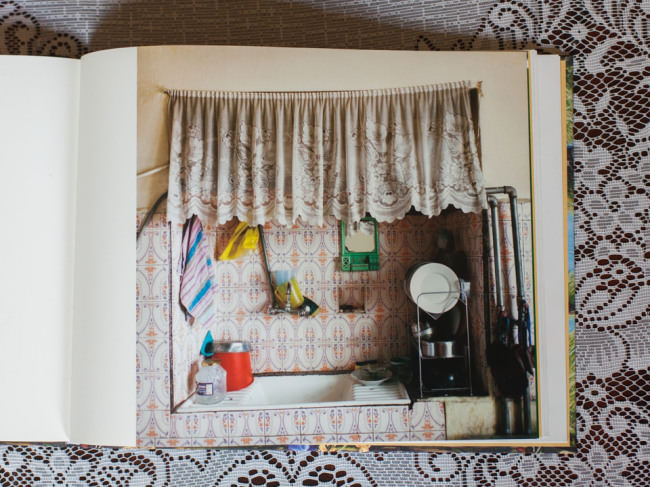

Es ist also fragwürdig, inwieweit meine gefärbte Perspektive zum Alltag der Bewohner der abgebildeten Küchen passt. Insofern haben die Bilder einen dokumentarischen Charakter, die an Gemälde erinnernde Bearbeitung und die Kitsch-Romantik (was für mich tatsächlich wertungsfrei, keineswegs abwertend gemeint ist) stehen dem Anspruch der Dokumentarfotografie entgegen.
Mit etwas Abstand kommt die Frage auf, woher der Sinn für Ästhetik kommt, den diese Bilder (in meinem westeuropäischen Denken) ansprechen. Ist es Nostalgie, die Glorifizierung der Vergangenheit, die als Konzept grundsätzlich kritisch zu betrachten ist? Oder eine Sehnsucht nach Einfachheit, danach, Dinge zu reparieren, anstatt sie durch das neueste Modell zu ersetzen?
Wieder bin ich gedanklich bei meinen Großeltern. Die haben oftmals nicht gezögert, etwas „Schönes“, „Altes“ durch etwas Teures, Zeitgemäßes zu ersetzen. Zwischen Alternativlosigkeit und wirtschaftlicher Not bleibt kein Raum für Romantik. Im Nachhinein vielleicht, weshalb mir als Kind eben ein bestimmtes Konsumverhalten vermittelt wurde, das etwa den verbeulten Emaille-Töpfen auf Maximovas Bildern entspricht.
Die Reaktion, in diesen Stillleben voller Leben nur Schönes zu entdecken, ist also auch ein Zeichen der kulturellen und wirtschaftlichen Perspektive, aus der ich die Welt sehe. Sich dessen bewusst zu werden, ist wichtig, um die Beziehung zu verstehen, die man als Betrachter zu diesen Bildern hat, um zu verstehen, warum sie so „schön“ sind.



Das Buch ist hochwertig verarbeitet, das Hardcover hat eine weiche Oberfläche, das haptisch an die Patina an alten Küchenschränken erinnert. Die Gestaltung der Seiten, auf denen wenig bis kein Text zu finden ist, geht einher mit der minimalistischen Bildgestaltung der Fotos, selbst die Seitenzahlen fallen weg. Es finden sich nach einer kurzen Einleitung zwei Kapitel. Unter dem Titel des Buches sind die Fotografien eingeordnet, gefolgt von „On the Balkans Table“, den Kochrezepten und humorvoll-kitschig gestalteten Tischdecken.
Die geborene Bulgarin hat Journalismus und Kommunikationswissenschaft studiert und arbeitet derzeit als freie Fotografin.
Informationen zum Buch
Eugenia Maximova: Kitchen Stories from the Balkans
Sprache: Englisch
Einband: Gebunden
Seiten: 80
Abbildungen: 37
Maße: 27 x 21,5 cm
ISBN: 978-3-200-03436-5
Preis: 35€ plus Versand

kwerfeldein – Fotografie Magazin | Fotocommunity
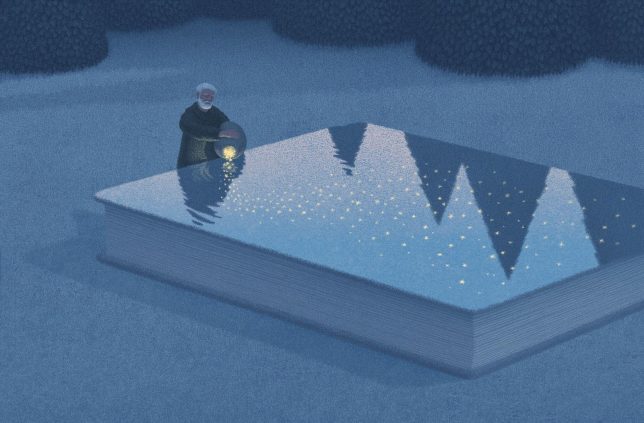
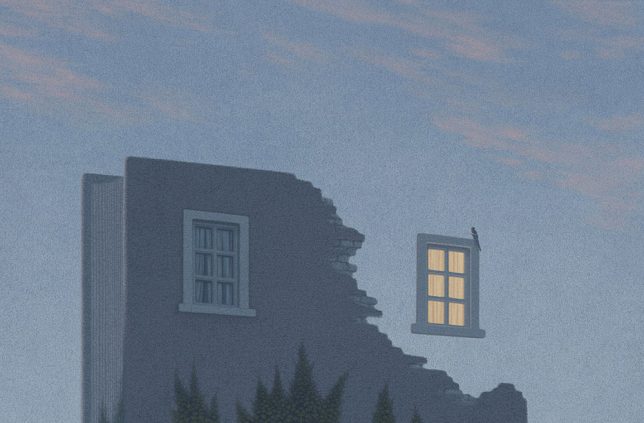
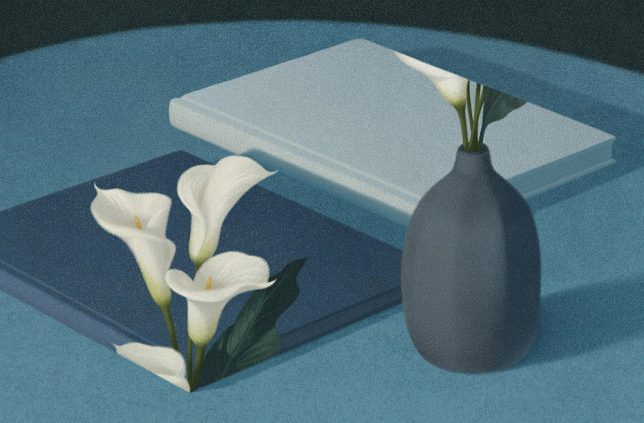


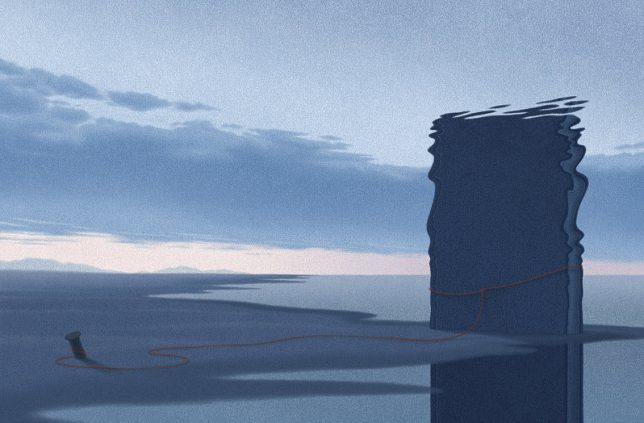
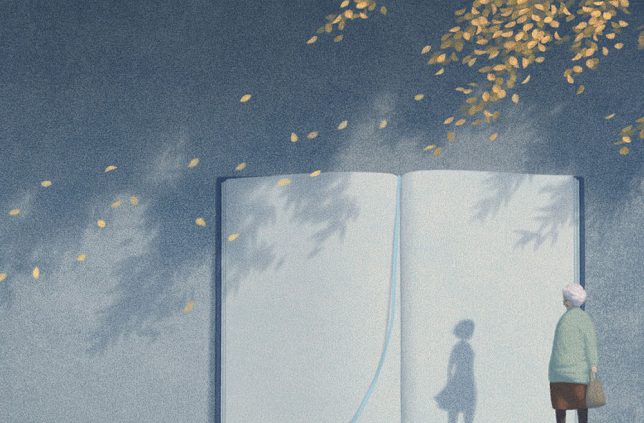


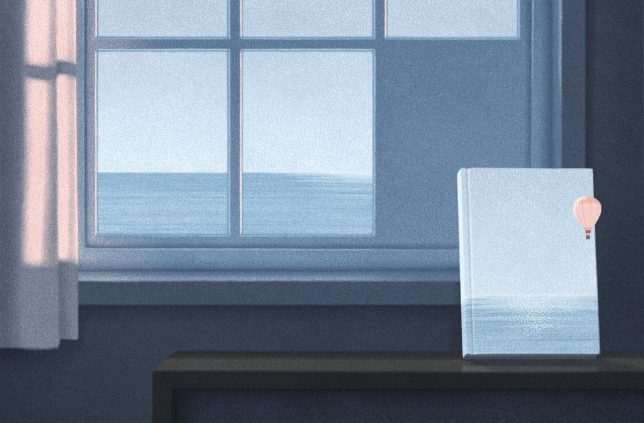

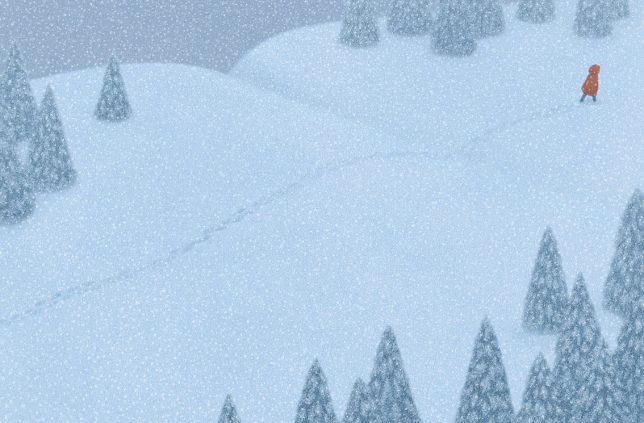
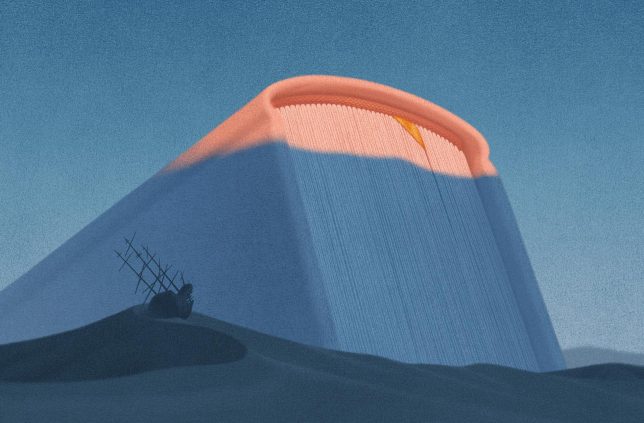




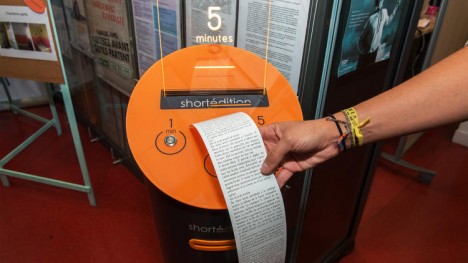


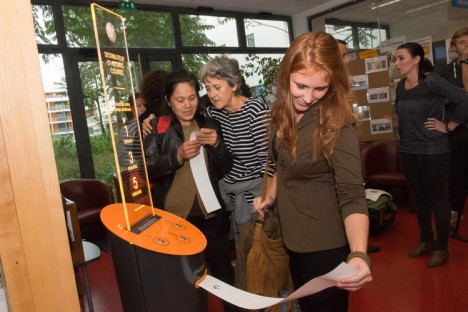


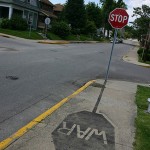




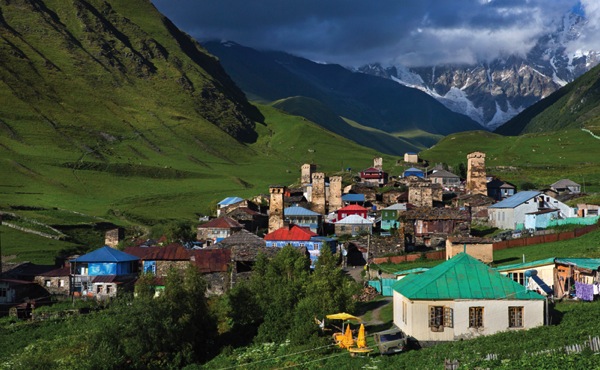
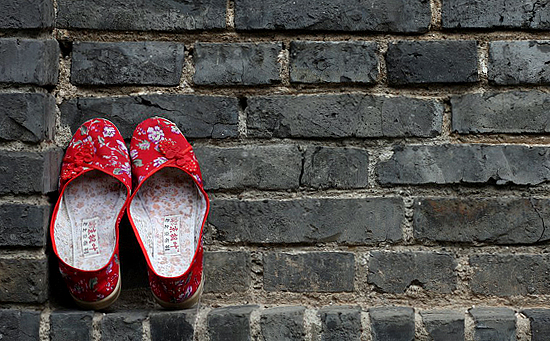
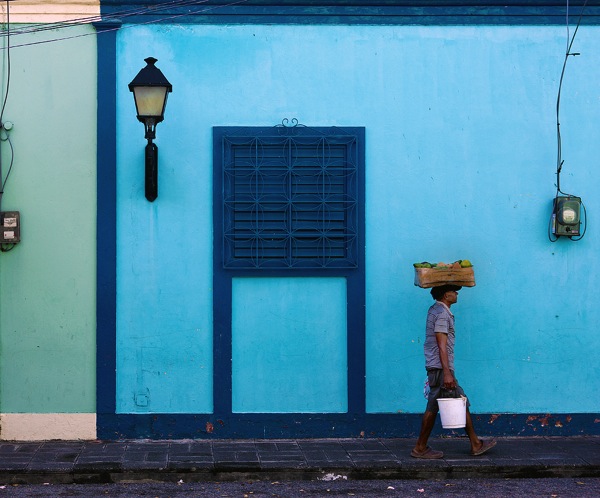
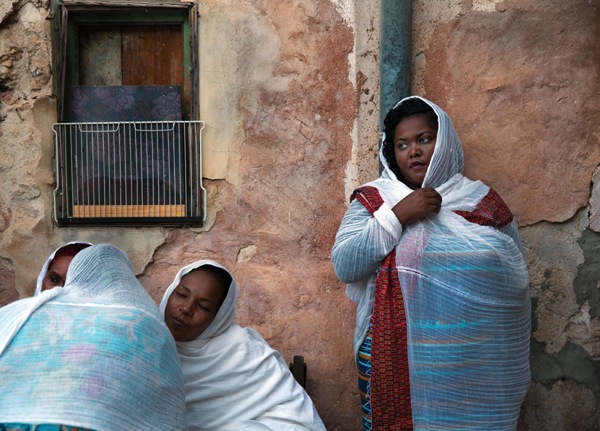



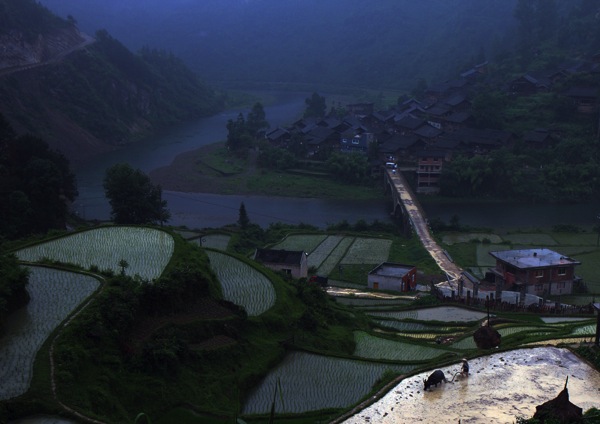






























You must be logged in to post a comment.